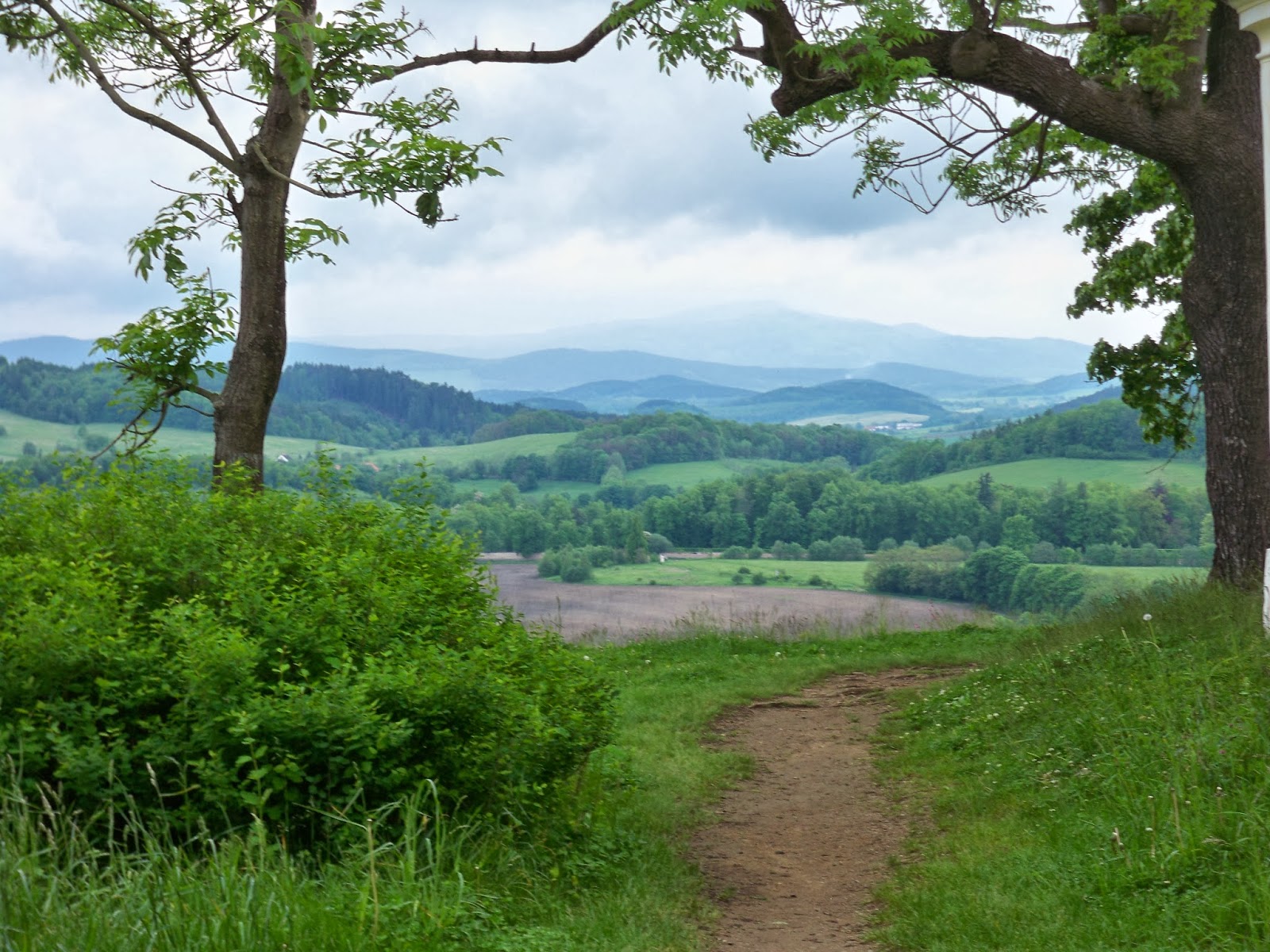Yesterday’s walk began in the woods, late afternoon light slanting in through the canopy. Copper and I crossed Folkstone Drive, strolled down Treadwell, a street I love not just for its name (perfect for walkers) but also for its length and lack of traffic and for the calmness I feel when I’m on it.
Treadwell ends in a pipestem with houses tucked deep in the forest. Before you reach it, though, there’s a path back into the woods. We took it, picking our way through some sticker bushes and crossing a creek that required my first sitting down on the bank (a hesitation Copper didn’t understand) before launching myself forward to the other side.
Once across the tributary, we could wander from one trail to another. I noticed the silence, interrupted only by the caws of a crow and the hum of a distant airplane. Was it the silence that freed my mind to appreciate the beauty, the jewel-green moss atop the decaying log, the ferns waving slightly in the breeze?
Nothing is not beautiful here, I thought: the weeds, the stumps, the whole trees uprooted and left lying where they fell, their root balls like the inside of giant umbrellas. All of it a pleasure to the eye.
As we grew closer to the exit, the woods became noisier. It was a landscaping crew grooming the yard of a nearby house. Two mowers and a weed whacker. Welcome back, they seemed to say with their jangle and bluster, welcome back to the world.



